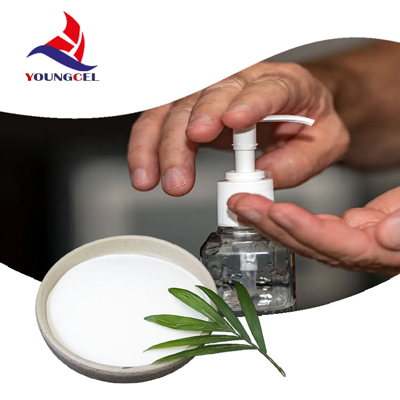The Rise of Ceramic Adhesives A Key Innovation in Material Science
In recent years, the demand for advanced adhesives has grown significantly across various industries, ranging from construction to automotive manufacturing. One particular category that has gained prominence is ceramic adhesives. These adhesives are formulated specifically to bond ceramic materials together or to other substrates. Their unique properties make them ideal for a wide range of applications, owing to their superior performance in high-temperature and demanding environments.
Understanding Ceramic Adhesives
Ceramic adhesives are primarily composed of inorganic compounds that can withstand extreme temperatures and harsh environmental conditions. These adhesives are often used in applications where traditional organic adhesives would fail. For example, in the aerospace and automotive industries, components experience high thermal and mechanical stress; thus, ceramic adhesives provide a reliable solution for maintaining structural integrity.
One of the main characteristics of ceramic adhesives is their thermal stability. They can typically handle temperatures exceeding 1,000°C without degrading or losing their adhesive properties. This makes them particularly useful in applications such as furnace linings, kilns, or exhaust systems, where heat resistance is paramount. Moreover, many ceramic adhesives possess excellent chemical resistance, making them suitable for use in environments exposed to corrosive substances.
Applications of Ceramic Adhesives
The versatility of ceramic adhesives has led to their implementation in several industrial sectors. In the construction industry, these adhesives are used to bond tiles and other ceramic materials to substrates. Their strength and durability ensure that bonded structures can withstand the test of time and resist typical wear and tear.
In electronics, ceramic adhesives are employed to bond components that must conduct heat efficiently while remaining electrically insulated. This is particularly crucial in devices such as capacitors, transistors, and heat sinks. The ability of these adhesives to fill microscopic gaps adds to their effectiveness in thermal management.
ceramic adhesives

Additionally, the automotive industry utilizes ceramic adhesives for engine parts and exhaust systems. The ability to maintain adhesion under extreme temperatures and vibrations is essential in ensuring the longevity and reliability of automotive components. In these applications, the lightweight nature of ceramic adhesives also contributes to overall fuel efficiency and performance.
The Advantages of Ceramic Adhesives
One of the advantages of ceramic adhesives is their environmental resilience. Unlike many organic adhesives that can degrade over time due to moisture, UV light, or extreme temperatures, ceramic adhesives maintain their integrity, providing a long-lasting bond. This resistance aids in reducing maintenance costs and enhances the longevity of bonded materials.
Another significant benefit is their ability to be formulated with varying viscosities and curing times, allowing for tailored applications. Whether a quick-setting adhesive is needed or one that requires a slower cure for better positioning, ceramic adhesives can be engineered to meet specific demands.
However, the market for ceramic adhesives is not without its challenges. The initial cost of ceramic adhesives can be higher than that of conventional adhesives, which may deter some users. Yet, when considering the total cost of ownership, including maintenance and replacement costs over time, ceramic adhesives often provide a more economical solution.
Conclusion
As technology progresses, the role of ceramic adhesives is expected to expand even further. Research and development in this field are focused on creating new formulations that enhance their performance and reduce costs. With growing awareness of the benefits of ceramic adhesives, industries are increasingly incorporating these materials into their products and manufacturing processes.
In conclusion, ceramic adhesives represent a significant advancement in adhesive technology, offering unique properties suited for high-performance applications. Their ability to withstand extreme conditions, combined with their versatility across different industries, positions them as a critical component in modern material science and engineering. As industries continue to evolve and demand more durable and reliable bonding solutions, the importance of ceramic adhesives will undoubtedly rise, paving the way for innovative applications and improved product longevity.
-
The Application and Significance of Construction RdpNewsMay.19,2025
-
Industrial Grade HpmcNewsMay.19,2025
-
Building Coating Adhesive Building Coating Adhesive HpmcNewsMay.19,2025
-
Application Of Hpmc For Detergent For Detergent In DetergentsNewsMay.19,2025
-
Application Of Hpmc Cellulose In Cement-Based MaterialsNewsMay.19,2025
-
Application Of High Quality Hpmc For Construction In The Field Of ConstructionNewsMay.19,2025




